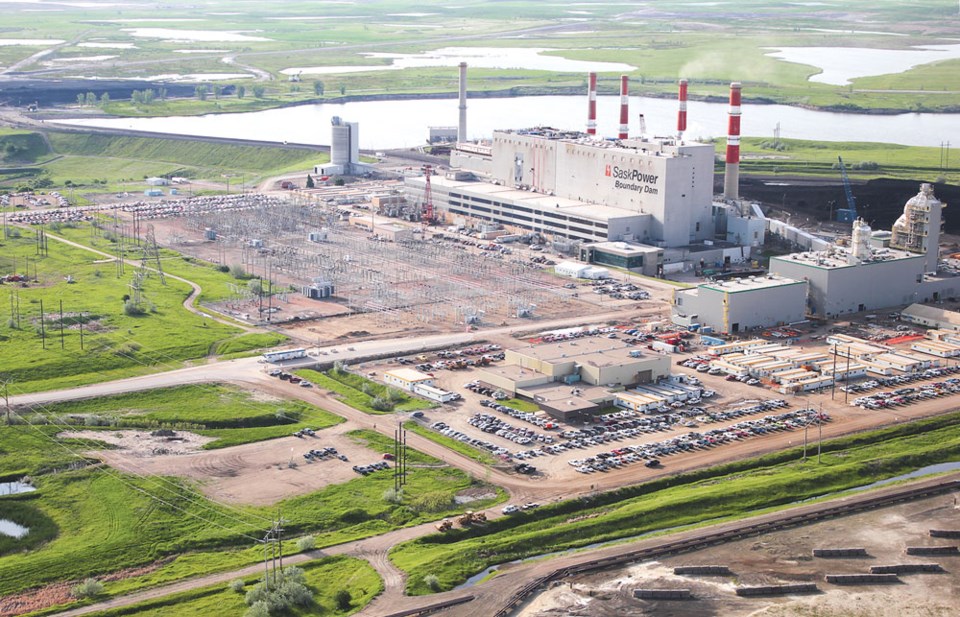Mayor Roy Ludwig said he was caught off guard by the possibility that SaskPower is leaning towards natural gas rather than carbon capture and storage (CCS) for future power production needs in the province.
SaskPower president and CEO Mike Marsh told the CBC during an editorial board meeting last week that it was “highly unlikely” that SaskPower would retrofit Units 4 and 5 with CCS technology. Rather, it would look at natural gas for cost-effectiveness reasons.
Ludwig admits he was surprised by Marsh’s statement.
“Between the provincial government and the federal government, we’ve spent $1.5 billion on our first unit. It’s successful,” Ludwig said.
Ludwig recognizes that natural gas might be a more affordable baseload power option now, due to current prices. But the mayor pointed out that natural gas rates can be volatile.
“So I hope that SPC (SaskPower Corporation) is not looking at moving everything to natural gas, and then when the price triples, we’ll really be held ransom,” said Ludwig.
Ludwig believes it’s important to have many sources of power, including CCs, natural gas, wind and solar. He suggested wind and solar could be options for Estevan in the future, thanks to the strong winds and the hours of daylight Estevan experiences.
He wishes SaskPower would have had proper discussion with the community before making this decision.
The city has already spoken with Estevan MLA Lori Carr about the issue, and he wants a meeting with SaskPower Minister Dustin Duncan. He would like to see the Westmoreland Coal Company and its employees involved in the meetings.
“We need to dialogue with our community, between the ministry and SPC and we have to put a long-term plan in place, which may mean down the road, after we’re done with coal, then I would suggest that would be a 25 or 30-year window, that perhaps we can look at other alternatives.”
Ludwig believes clean coal can keep coal included in power generation options well into the future.
He hopes the Saskatchewan government won’t follow Ontario’s lead and phase out coal, which has contributed to soaring electricity rates in that province.
Ludwig is a long-time employee at the local mines, and he said people at the mines remain cautiously optimistic about the future, despite last week’s statement.
“We have other areas throughout the world looking at this technology,” Ludwig said. “Again, it’s proven successful. Is it competitive with natural gas right now? It’s more expensive, but again we all know what can happen with natural gas, and what has happened in the past.”
In a statement to the Mercury, Marsh said other factors, such as oil royalties and taxes, would need to be evaluated for any final recommendation that government would ultimately consider.
To rule out CCS at this point is premature, he said.
“SaskPower has captured more than 1.75 million tonnes of carbon dioxide at Boundary Dam 3,” said Marsh. “The project has been heralded around the world as a major breakthrough in the effort to reduce greenhouse gas emissions. BD3 was the first commercial power plant in the world to have a fully integrated post-combustion carbon capture system.”
Marsh said SaskPower continues to evaluate the feasibility of expanding carbon capture at Boundary Dam.
SaskPower has stated previously it would decide before the end of this year or early next year whether to proceed with CCS retrofits of Units 4 and 5 at Boundary Dam.



